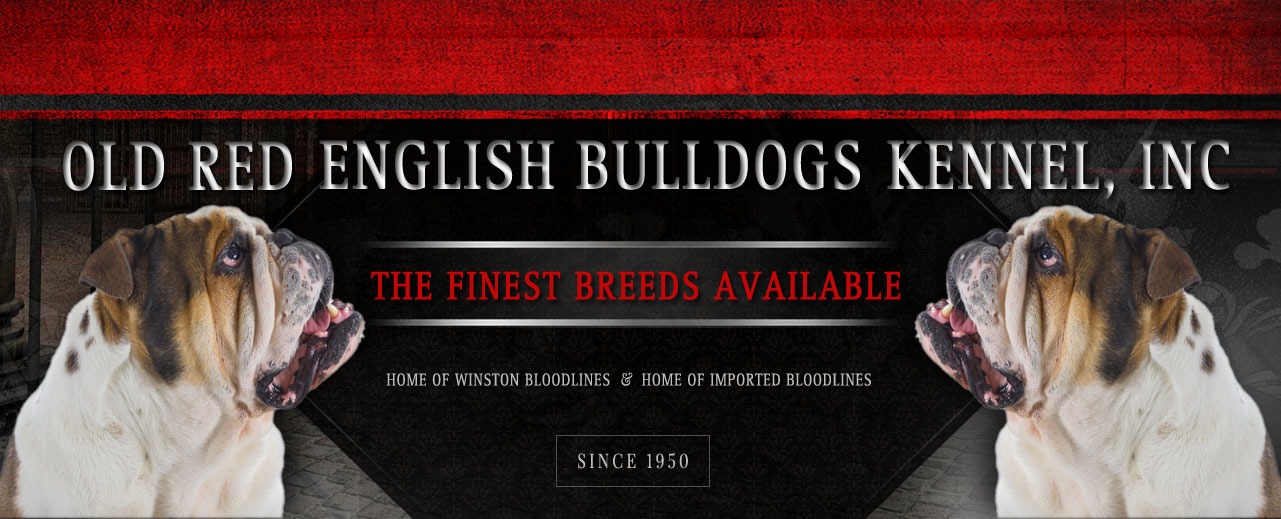 Description:
Description:
The Banter Bulldog should be a powerfully built, athletic, and muscular medium-sized dog, with a minimal amount of white. This breed is a strong working dog with a bully build, yet it maintains a well-proportioned structure, with its legs positioned beneath its body. They typically weigh between 50 to 85 pounds, staying within the weight range that the Brabanter Bullenbeisser was believed to have had when it existed. Banter Bulldogs have a slight underbite and are mostly solid in color.
They are reminiscent of the old Molosser-type dogs from the Brabant region, known as the Brabanter Bullenbeisser. Above all, Banter Bulldogs remain a working breed and should be tested in working roles whenever possible. The head is square and muscular, with a pronounced stop between the skull and muzzle. The top of the skull is mostly flat, and the breed has strong, muscular jaws.
Fault: The muzzle should be neither narrow nor long. It should have strong, well-formed teeth with impressive canines. The muzzle must not be upturned, allowing for unrestricted breathing.
Fault: The muzzle should not be too long, and a scissor bite or even bite is preferred. The eyes are rounded or almond-shaped, wide-set with a wrinkled brow, giving an expression of intense concentration; any eye color is acceptable. The nose is balanced with the muzzle, clean, and allows for free breathing, typically black or dark red.
Fault: A completely pink nose is undesirable, though a small amount of pink is acceptable. The neck is well-muscled, thick, and high, blending into very muscular, strong forelimbs. The chest is impressive and strong, extending down to meet the elbows. It should appear square, but not overly exaggerated. The chest should have a spring to it, allowing for a heavy intake of air.
Fault: The chest should not be too narrow. The back should have a slight arch with a high-set tail. It should be well-muscled above the shoulders. The legs should not be “stubby” or “lanky,” but instead should have a nice balance of height compared to the length of the body to maintain the breed’s “performance.” The front legs should be muscular and well-defined. The rear legs should be very muscular, providing strong bouncing leaps and superior pulling power. The rear legs should be slightly shorter than the body is long, and the rear should appear square.
Fault: The feet should be compact and round, with strong pasterns. There should be no bowing or turning out, as this would result in poor movement.
Fault: The feet should not be down in the pasterns or splayed. Colors include fawn, black, red, and brindle of all types, with or without a black mask. All colors can possess various amounts of white, up to 30%. The coat should be short and smooth. Ears are short, either drop or rose-shaped. Ears may be cropped, but this is not of major importance. The tail should be set high, naturally reaching near the hock. It is preferred to be docked, but this is also not of major importance.
Height: Males 21 – 24 inches
Females 20 – 23 inches
Weight: Males 50 – 85 pounds
Females 50 – 75 pounds
Living Conditions:
The Banter Bulldogge will do okay in an apartment if it is sufficiently exercised. They are fairly active indoors and do best with at least an average-sized yard.
Exercise: Banter Bulldogs need daily exercise, including a long brisk walk, as well as play sessions such as fetching a ball. They also make good jogging companions.
About 12-13 years.
Grooming
These are the Bulldogs and Mastiffs we breed and sell.
The pictures on each page are for identification purposes and OldBulldogs.com does not own every animal pictured. These pages are informational and intended to describe the standards of each breed.
- Alano Español
- Alapaha Blue Blood Bulldogs
- American Bandogge Mastiffs
- American Bully-Bullies
- American Pit Bull Terriers
- American Staffordshire Bullies
- American Staffordshire Terriers
- Arkansas Giant Bulldogs
- Australian Bandogge Mastiffs
- Australian Bulldogs
- American Bulldogs-Old Time Southern Bulldogs-Old Southern Whites
- Banter Bulldogs
- Boxer Bulldogs
- Bull Terriers
- Bull Mastiffs
- Miniature Bull Terriers
- Mexican Bulldogs
- Miniature English Bulldogs
- Neapolitan Mastiffs
- Old Boston Bulldogs
- Olde English Bulldogges
- Old Victorian Bulldogs
- Patterdale Terrier
- Perro de Presa Canario
- Performance-Standard Type American Bulldogs
- Perro de Presa Mallorquin
- Panja Mastiffs
- Renascence Bulldogs
- South African Boerboel
- Staffordshire Bull Terriers
- Saint Bernard
- Valley Bulldogs
- Winston Working Bulldogs
- Winston’s Working Mastiffs
- Winston’s Working Terriers
- Winston’s Working Hounds
- Winston’s Working Shepherds
